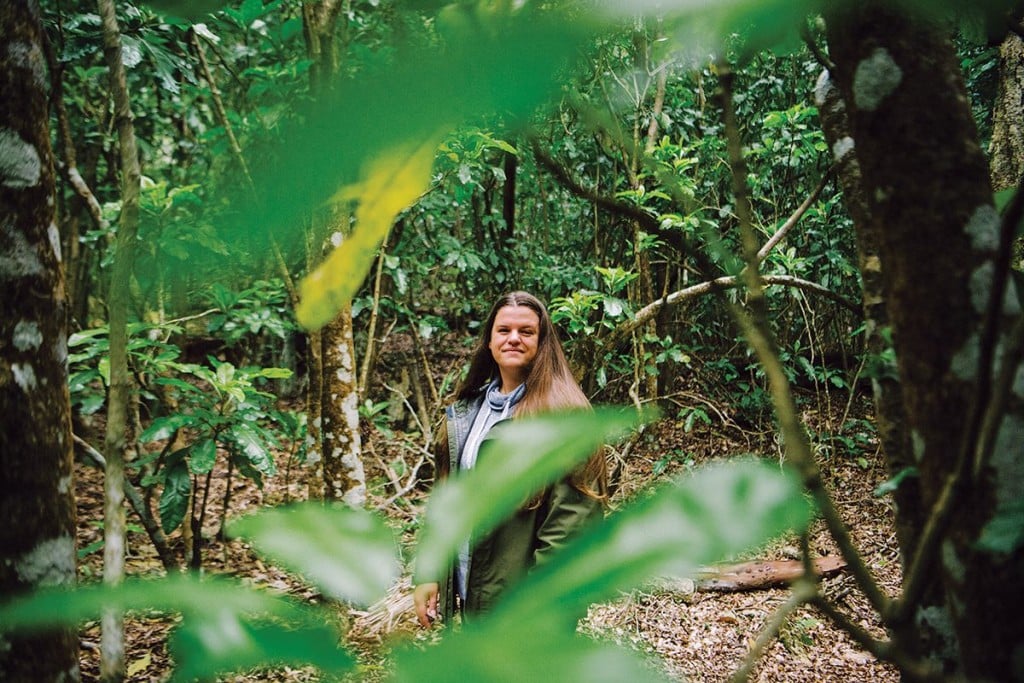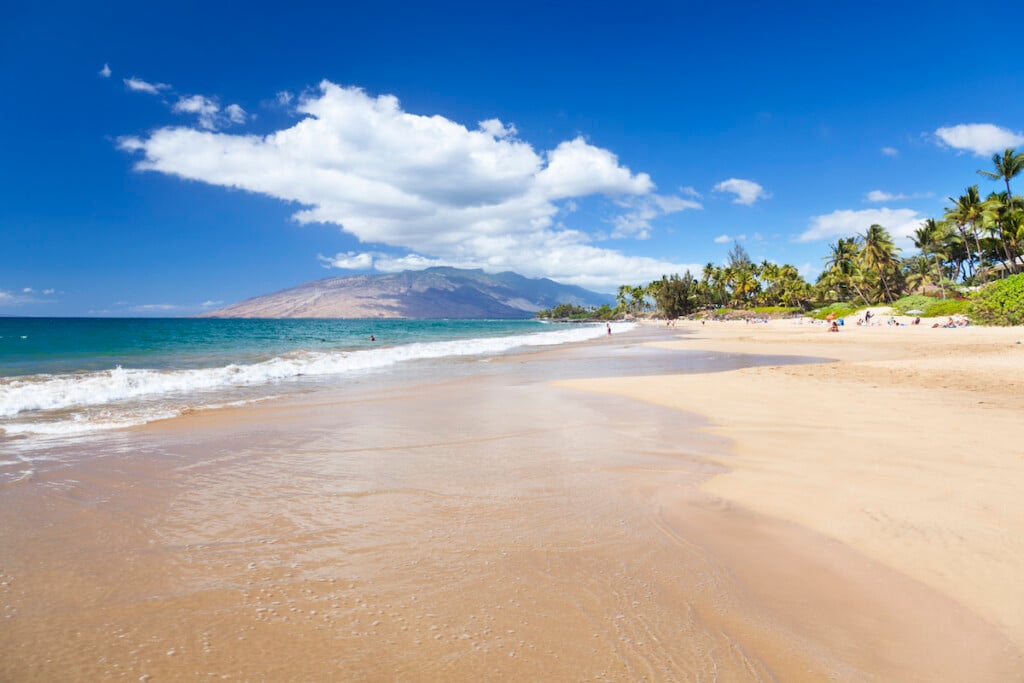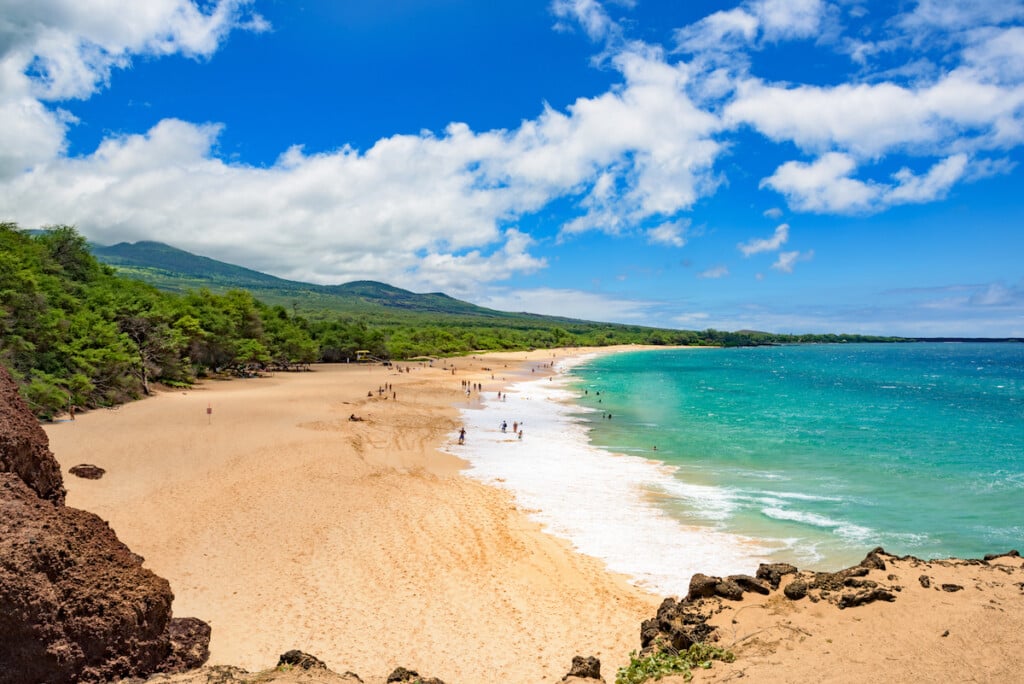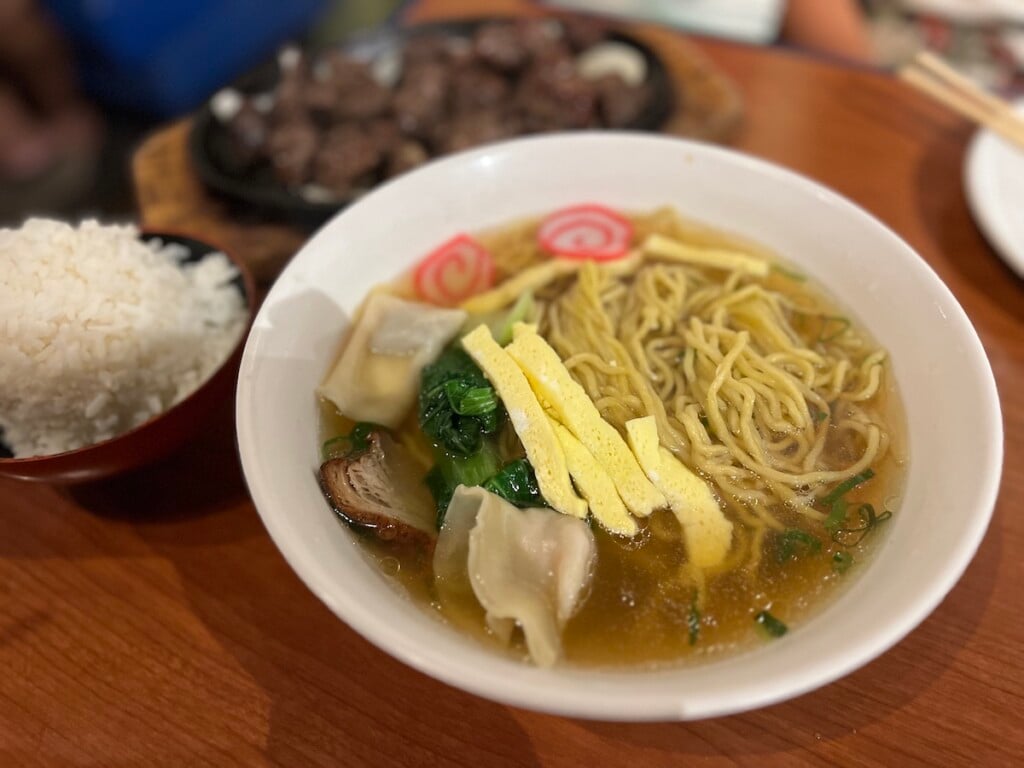Q&A with Rachel Kingsley of Maui Forest Bird Recovery Project
As the outreach and education associate at the Maui Forest Bird Recovery Project, Rachel Kingsley is a part of a growing team committed to restoring the populations of Maui’s most threatened forest birds.

Native forest birds have long been represented in ancient myths of Hawai‘i and revered for their vibrant feathers. Hawaiian ali‘i (high chiefs and leaders) adorned themselves in magnificent cloaks made of the birds’ tightly woven feathers. But, like many endemic species in Hawai‘i, forest birds are at risk of extinction.
The mission at the Maui Forest Bird Recovery Project is to develop and implement techniques to recover these bird populations and reestablish the habitats that they depend on. “The three categories within the program are research, recovery and restoration. We’re researching what’s happening with the birds in the wild, helping to recover those populations and restoring the habitats as well,” says Rachel Kingsley, the project’s outreach and education associate. And the project’s primary focus is on the island’s two most endangered forest birds, the kiwikiu, a parrotbill, and the ‘ākohekohe, a honeycreeper. These two birds are only found in high elevation forests on the windward slopes of east Maui in the Hānawi and Waikamoi areas.
Because Hawai‘i suffers from significant species loss, it’s considered the extinction capital of the world. What are the main threats to native forest birds in Hawai‘i?
Currently the biggest threat forest birds are facing are nonnative mosquitoes carrying diseases such as avian malaria. The birds here have never encountered malaria, so they have no resistance to it. Unfortunately, all it takes for some of our bird species is just one bite from an infected mosquito and it’s fatal. One of the biggest points of focus at the MFBRP, along with different partners, is getting a solution to that problem.
How did infected mosquitoes arrive in Hawai‘i in the first place?
The mosquitoes were traced back to the ballast of whaling ships. They would carry fresh water in the ballasts of ships and mosquitoes lay eggs in there. Nonnative birds can carry foreign diseases and mosquitoes become the go-between.
About how many kiwikiu—Maui’s most endangered forest bird—remain and what specific efforts are being made to protect them?
The last kiwikiu population estimate was about 300 or less in all of Maui Nui (Maui, Moloka‘i and Lāna‘i). The biggest effort right now is mosquito control as well as researching and monitoring wild populations to ensure the population is not decreasing any more than it already has.
On a personal and daily level, what can people do to help protect Hawai‘i’s native birds and forests?
These ways sound super simple but do make a difference. One way is getting rid of standing water. Mosquitoes will breed in standing water, which can be found in buckets or old tires. Another is keeping your pets indoors, especially cats. Cats are one of the No. 1 killers of bird species around the world. And then help protect our forests. If you’re going out into forests, make sure to clean your gear and your shoes to make sure you’re not contributing to ROD (rapid ‘ōhi‘a death).
If you want to get more involved, during normal years, we take volunteers to help with planting and reforestation work.
How do bird extinctions affect the entire island?
There’s a saying, “the canary in the coal mine.” What happens to the birds is a glimpse into the future on a bigger scale. Our birds are suffering, so it’s time to pay attention to our forests. If we lose our upland mauka (inland) forests, we lose a good chunk of our drinking water. Everything flows from the mountaintop to the ocean. So, what happens up there is going to affect everything down to the coastlines.
For more information about Maui’s native forest birds and how to get involved with the Maui Forest Bird Recovery Project, visit mauiforestbirds.org.
This story was originally published in our 2022 Summer issue. Buy a copy here.


